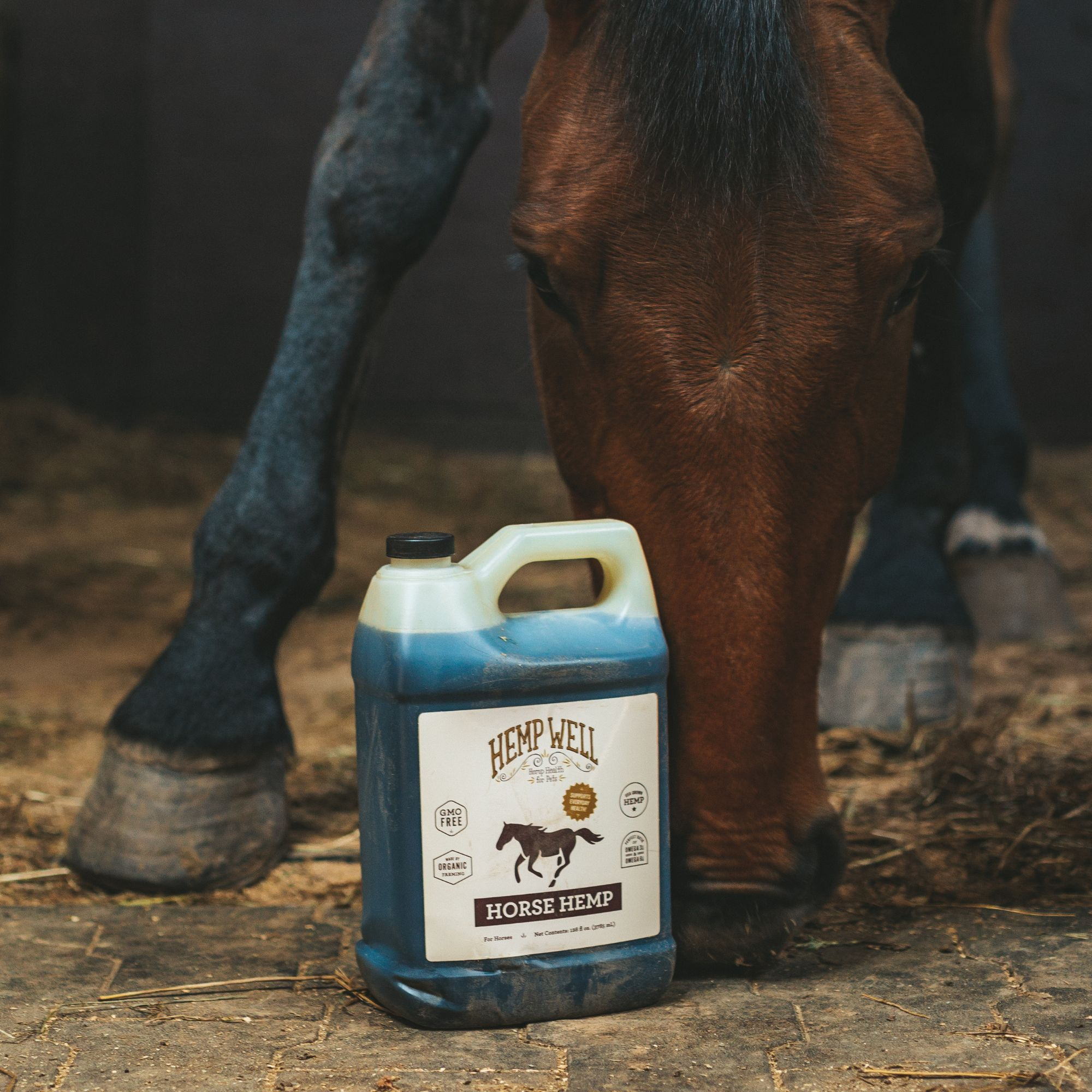Understanding Dog Vision: What Colors Can Dogs See?
When it comes to our furry friends, their perception of the world is quite different from ours, especially in how they see colors. Unlike humans, who can see a wide spectrum of colors, dogs have a more limited palette. This difference is due to the structure of the eye, specifically the types of cells called photoreceptors. In this blog, we'll dive into the colorful world of dogs, exploring what colors they can see and how this affects their daily lives.
The Science Behind Dog Vision
To understand how dogs see colors, we first need to look at the retina, which contains two main types of photoreceptors: rods and cones. Humans typically have three types of cones that allow us to see red, blue, and green, leading to our ability to perceive a wide range of colors. Dogs, however, only have two types of cones. This makes them dichromatic, primarily sensitive to blue and yellow wavelengths.
What Colors Can Dogs See?
Research suggests that dogs can see shades of blue and yellow the best. They are not sensitive to red and green; these colors may appear as shades of gray to a dog. For instance, where a human might see a bright red toy on green grass, a dog would see a darker gray object against a lighter gray background. This can make finding certain toys more challenging for dogs, depending on the color.
Practical Implications
Understanding the color limitations of dogs can help pet owners make better decisions in various aspects:
Toy Selection: Choosing toys that are blue or yellow can make them easier for dogs to see during play.
Training: Using the correct colors for training tools can enhance learning and obedience training effectiveness.
Safety: High visibility vests for dogs, ideally in colors they can see well, can enhance their safety during walks in low-light conditions.
Myths and Misconceptions
One common myth is that dogs are completely colorblind and only see in black and white. This misconception likely arises from an oversimplified understanding of what "colorblind" means. While dogs see fewer colors than humans, they can still see some colors rather than none at all.
Knowing what colors your dog can see may encourage you to consider how their environment can be enriched:
Environment Enrichment: You might choose colored toys that they can easily distinguish or decorate their play areas with colors that are more stimulating for them.
Training: Adjusting the color of training aids to better suit what dogs can see could make training sessions more productive and enjoyable for both dog and owner.
While dogs may not see the rainbow as humans do, they still live in a world rich with different shades and hues—primarily blues and yellows. Understanding these visual differences can enhance the bonding between dogs and their owners, making activities more enjoyable and suited to their visual capabilities. Remember, what might seem dull to us could be incredibly vivid and beautiful through the eyes of our dogs.









